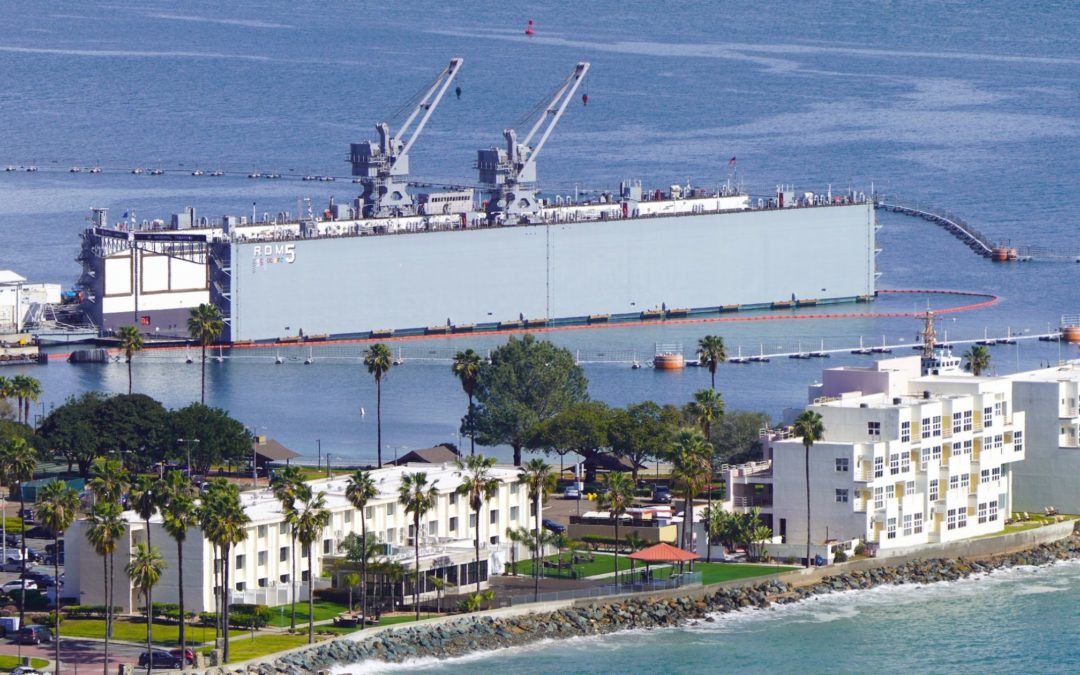In 2022, the oil and gas (O&G) sector had record earnings, which gave them plenty of cash flow to support their goals in 2023. O&G businesses have also been given a clear directive to ensure supplies while transitioning to cleaner energy in the long term. The cost of oil and gas will decrease if more nations can produce alternative energy. The deterrent is the upfront cost. For nations that cannot afford or do not want to make the switch to renewable energy, the usage of fossil fuels will once again become more appealing.
Although supply interruptions and price volatility are not new to the oil and gas sector, the current scenario is unique. The underinvestment problem has been worsened by a convergence of economic, geopolitical, trade, policy, and financial issues, which has led to a readjustment in the larger energy market. This has led to an imbalance of energy security, supply diversification, and low-carbon transition.
High prices and record cash flows for O&G corporations are the direct results of this imbalance, but how and where the sector will invest in the future is still being determined.
The world’s oil reserves will decline in the first half of 2023 before increasing in the second half of 2023.
In the first half of 2023, distillate prices will decline due to a modest downturn in the U.S. economy and refineries’ increased fuel supply. The early 2023 distillate market faces supply and pricing uncertainties due to the E.U.’s restriction on seaborne imports of Russian petroleum products.
Due to increased winter natural gas consumption and liquified natural gas (LNG) exports, natural gas prices will rise. However, after January, there will be a drop in natural gas prices as U.S. storage levels approach the five-year average, primarily due to increased domestic production. However, there is still a substantial likelihood of price fluctuation.
The absence of pipeline infrastructure to transport natural gas would impede early 2023 natural gas production in the Permian Basin, but these limitations will be lifted sooner than anticipated. Additionally, this modification results in somewhat higher crude oil output in 2023 than expected. Following an outage in June 2022, Freeport LNG reported that its export terminal would partially restart operations in mid-December, exporting liquefied natural gas (LNG). By March 2023, Freeport LNG should be operating at full capacity after ramping up usage in the near future.
Both the last quarter of 2022 and the first of 2023 correspond with a shorter and milder period of economic recession. Energy markets in the predicted term may be strongly impacted by macroeconomic uncertainty.
